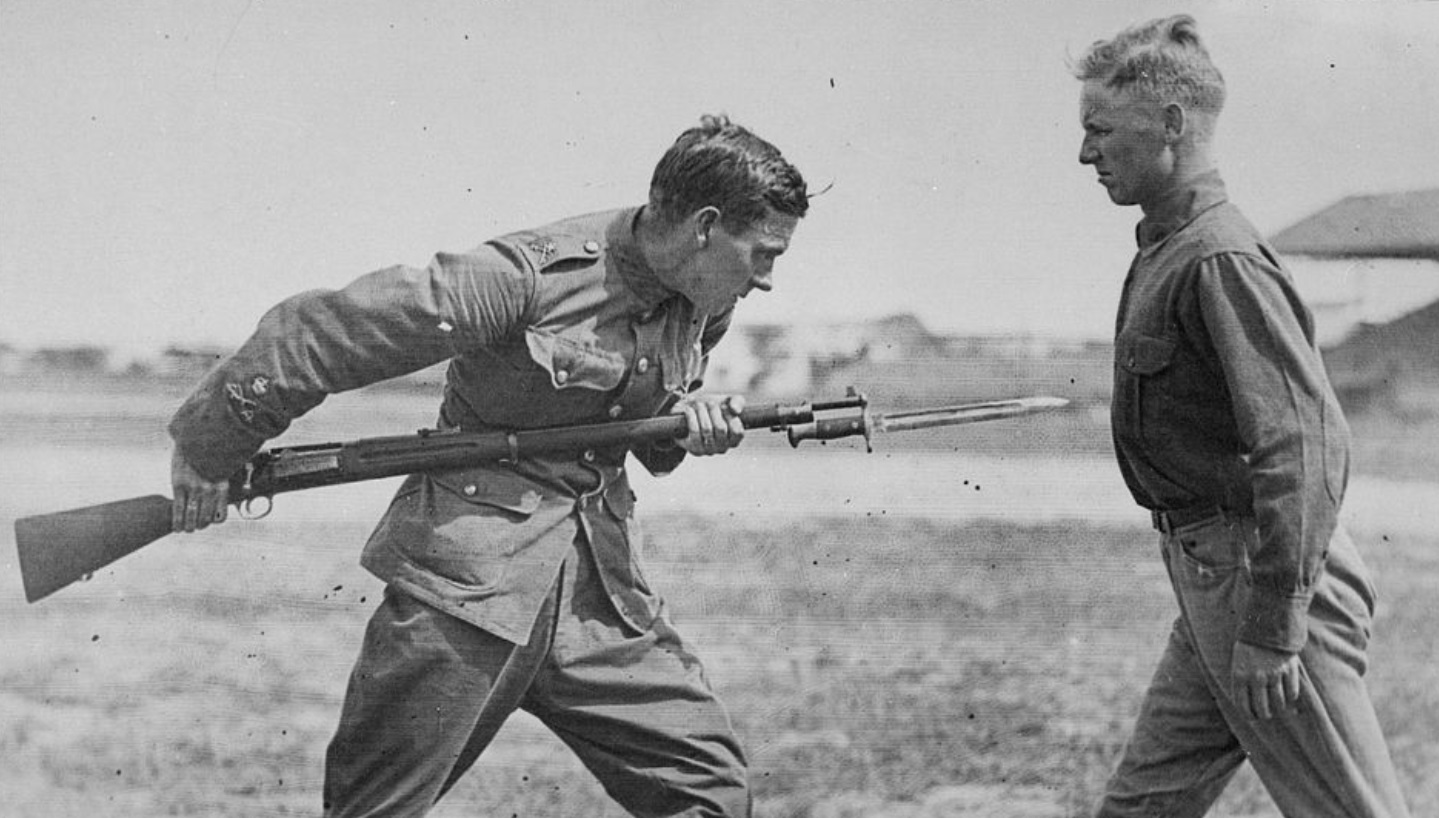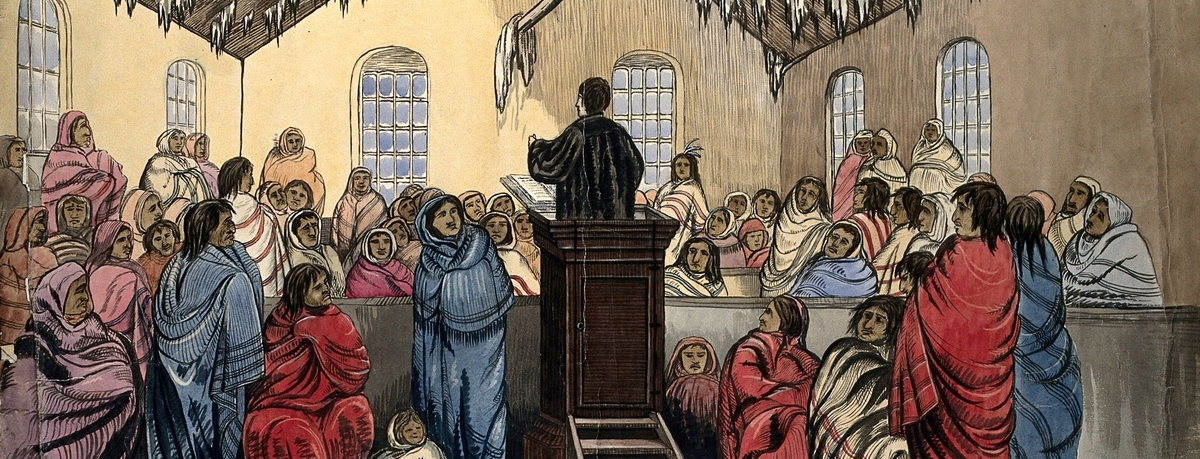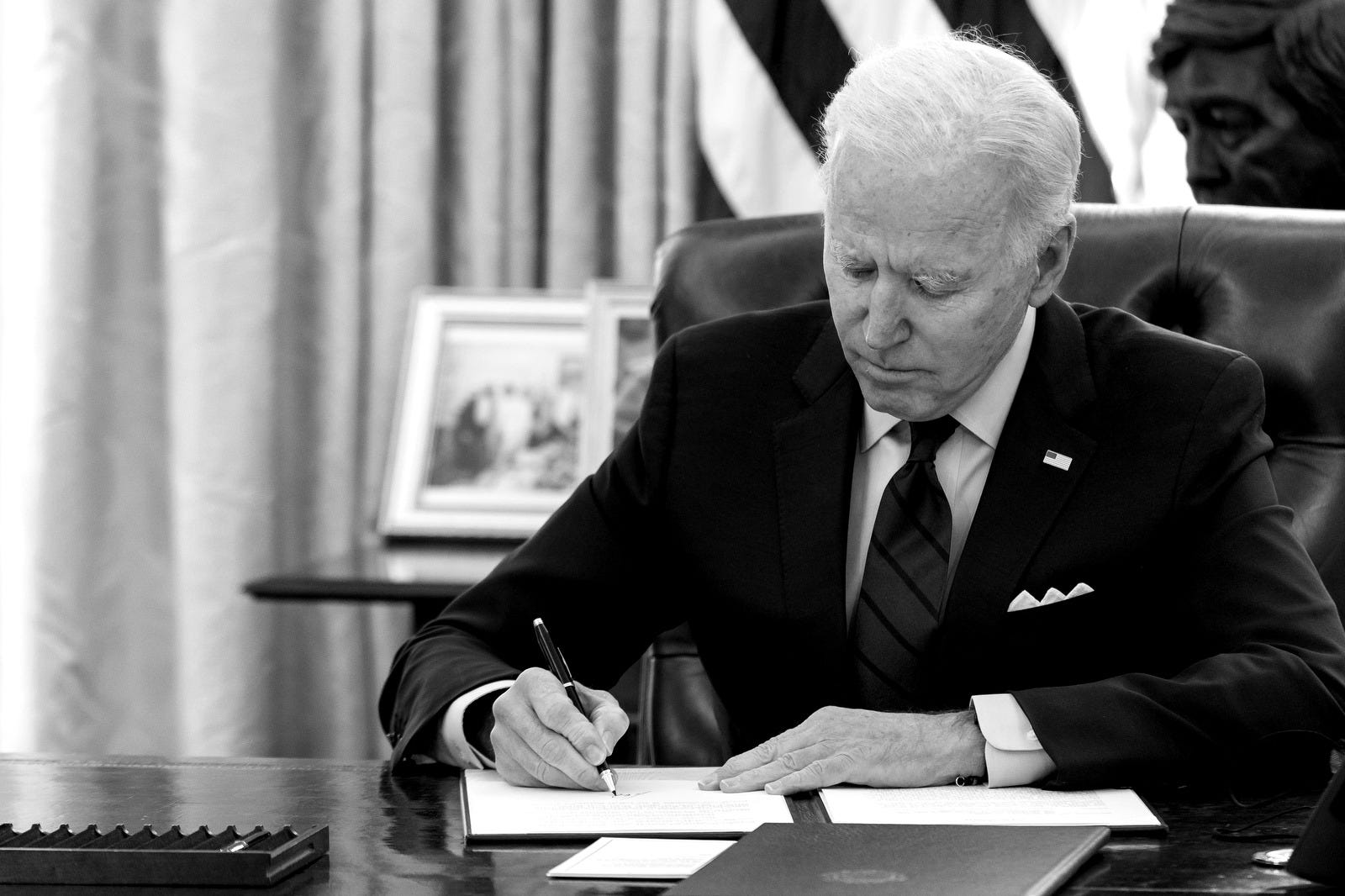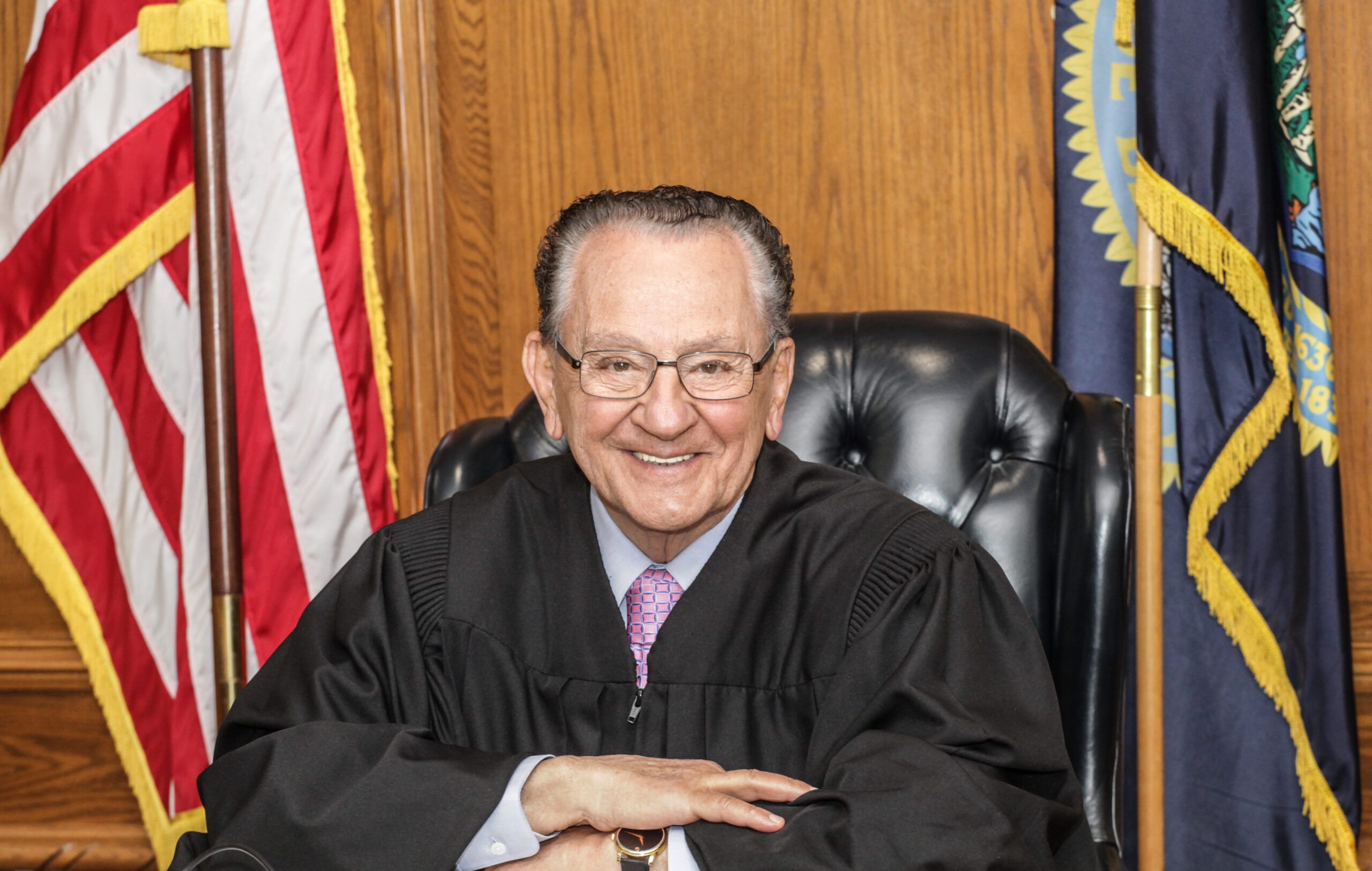
The recent passing of former Representative Randall “Duke” Cunningham at the age of 83 in Little Rock, Arkansas, marks the end of a life characterized by extraordinary heroism and profound disgrace. Mr. Cunningham, an ace fighter pilot renowned for his combat exploits in Vietnam, transitioned from a celebrated military career to a prominent role in the U.S. House of Representatives, only to see his legacy irrevocably tarnished by a corruption scandal that led to his federal imprisonment. His death, announced by his family on social media without a cited cause, closes a chapter on a figure whose story reflects the complex interplay of valor, ambition, and moral compromise in public life.
Mr. Cunningham’s journey from a decorated war hero to a convicted felon encapsulates a narrative arc that has long captivated and troubled the American public. His remarkable achievements in the skies over Vietnam, where he earned the rare distinction of being a Navy ace, propelled him into politics with significant public trust and admiration. However, his subsequent abuse of power while serving on influential House committees, accepting millions in bribes from defense contractors, exposed a stark contrast between his initial public image and the reality of his ethical failings.
This article will delve into the multifaceted life of Duke Cunningham, tracing his early beginnings, his stellar military service, and his initial foray into the political arena. It will then meticulously examine the unraveling of his congressional career as allegations of corruption surfaced, focusing on the initial revelations that ultimately culminated in one of the largest bribery scandals in congressional history.

1. **Early Life and Educational Foundation**Randall Harold Cunningham was born on a momentous day in American history, December 8, 1941, precisely one day after the attack on Pearl Harbor, in Los Angeles. His formative years were shaped by his family’s entrepreneurial endeavors and subsequent geographic transitions. His father, initially a truck driver, later acquired a gas station in Fresno, California, prompting the family’s relocation to the area.
Subsequently, the Cunningham family moved to rural Missouri, where they established and operated Cunningham’s Variety Store, a local five-and-dime establishment. These early experiences in diverse environments, from the bustling setting of Los Angeles to the more intimate community of rural Missouri, likely contributed to the development of his character and worldview. Such experiences often lay the groundwork for future paths.
Mr. Cunningham pursued higher education at the University of Missouri, where he graduated in 1964, earning a bachelor’s degree in physical education. Demonstrating a commitment to further intellectual development, he continued his studies and obtained a master’s degree in education the following year. Before embarking on his distinguished military career, he applied his educational background to a practical profession, coaching swimming at a high school situated in the Chicago suburbs.
Read more about: Beyond the Fun: Turning Your Passions into Profit with Monetizable Hobbies

2. **A Decorated Military Career: Becoming an Ace**Mr. Cunningham’s dedication to service led him to enlist in the Navy in 1967, embarking on a path that would transform him into a highly decorated aviator. Following extensive training as a pilot, he commenced his service in Southeast Asia, first deploying aboard an aircraft carrier in 1969. This initial tour marked the beginning of his active combat involvement in the Vietnam War, setting the stage for his future heroics.
His second combat tour, which commenced in 1971, saw him flying approximately 170 combat missions alongside William P. Driscoll, his radar intercept officer, who occupied the back seat of their F-4 Phantom. During this period, the pair regularly engaged enemy MIG fighter pilots over Vietnam, demonstrating their skill and courage in the intense aerial battles that characterized the conflict. These missions were not without extreme peril, often placing them directly in harm’s way.
On one particularly remarkable day, May 10, 1972, Mr. Cunningham and Mr. Driscoll achieved an extraordinary feat, shooting down three MIGs during a ferocious air battle. Their triumph, however, was immediately followed by a harrowing incident: their plane was subsequently struck by a surface-to-air missile, necessitating their ejection over water. A Navy helicopter promptly came to their rescue, ensuring their survival. For his exceptional valor and service, Mr. Cunningham received a Purple Heart, two Silver Stars, and the Navy Cross, signifying his immense contributions and sacrifices.

3. **Post-Military Life and the ‘Top Gun’ Connection**Upon returning home from his combat tours, Mr. Cunningham transitioned into a crucial instructional role within the Navy. He became an instructor at the Navy’s Fighter Weapons School, famously known as Top Gun, which was located in San Diego. In this capacity, he imparted his invaluable combat experience and advanced aerial tactics to the next generation of naval aviators, shaping the future of naval aviation. His expertise earned him significant respect within military circles.
Mr. Cunningham ultimately retired from the Navy in 1987, having achieved the distinguished rank of commander. Following his military retirement, he embraced a new public persona, becoming a prominent figure as a military commentator, frequently appearing on CNN. His newfound celebrity, combined with his heroic combat record, made him a recognizable and respected voice on national security matters.
His association with the famed Top Gun school and his reputation for bold aerial maneuvers led to persistent speculation regarding his influence on popular culture. While some newspapers reported that Mr. Cunningham served as the inspiration for the Tom Cruise character Maverick in “Top Gun,” the context explicitly states, “that was not the case, although Mr. Cunningham was known to tell people that the movie included some of his antics, such as buzzing the control tower at Naval Air Station Miramar.” Naval officers who served with him also recalled traits familiar to viewers of “Top Gun,” describing him as “cocky, entitled and given to self-promotion” as an aviator.

4. **Entry into the Political Arena**Mr. Cunningham’s celebrity status and his distinguished military background did not go unnoticed by political strategists. Local Republicans, recognizing his appeal, actively recruited him to challenge the incumbent Democratic Representative, Jim Bates, in California’s 44th District. Mr. Bates had, at the time, been driven from office by charges of sexual harassment, creating an opening and a public desire for new leadership in the district. The political landscape was ripe for a candidate with a clean image.
In his campaign, Mr. Cunningham presented himself as a candidate who could restore integrity to public office, promising to be a “congressman we can be proud of.” He secured a narrow victory in 1990, winning the race by a mere 1 percentage point, demonstrating the competitiveness of the district and the effectiveness of his campaign message. This initial win marked his official entry into the U.S. House of Representatives, transitioning from military service to a career in national politics.
Following redistricting in 1992, Mr. Cunningham ran in a newly configured district that was solidly Republican, ensuring his re-election by comfortable margins. He was re-elected six times in total, as his district was periodically redrawn and renumbered, eventually becoming California’s 50th Congressional District. Throughout these changes, his political base remained strong, consistently benefiting from a healthy Republican majority that supported his candidacies.
Read more about: Alan Arkin, Oscar Winner and Versatile Force, Dies at 89: A Legacy of Wit, Depth, and Unforgettable Performances

5. **Congressional Role and Expanding Influence**During his 15 years in office, serving from 1990 until his resignation in 2005, Mr. Cunningham became a significant figure within the Republican Party and in Congress. He secured seats on two of the House’s most powerful committees: Appropriations and Intelligence. These committee assignments were critical, granting him substantial influence over federal spending and national security matters, areas that aligned with his military expertise and interests.
His presence on these committees allowed him to take a keen interest in military affairs, where his background provided a unique perspective. As former Rep. Duncan L. Hunter, who served alongside him, stated, “He brought military operational expertise to the debates in Congress.” This expertise gave him a powerful voice when discussing defense budgets, procurement, and strategic military policy, making him a valued, if sometimes controversial, contributor to these discussions.
However, it was his position on these powerful committees that also created the opportunities for his eventual downfall. Mr. Cunningham began to abuse his authority, leveraging his influence to secure favors for military contractors. He became chairman of a subcommittee that placed him directly in control of billions of dollars in defense spending, a position that presented immense temptation and ultimately led him down a path of corruption, trading official acts for personal gain.
Read more about: Unmasking History’s Hidden Horrors: 14 Figures Whose True Evil Emerged Posthumously

6. **The Seeds of Corruption Begin to Emerge**The first public indications of Mr. Cunningham’s corrupt activities surfaced in June 2005, when The San Diego Union-Tribune initiated its investigative reporting. The newspaper’s initial exposé revealed a highly suspicious transaction involving Mr. Cunningham’s personal residence. It uncovered that a defense contractor had purchased Mr. Cunningham’s house for an inflated price of $1.675 million. This price was considerably above market value, an eyebrow-raising detail that immediately drew scrutiny.
Adding to the suspicious nature of the transaction, the defense contractor who purchased Mr. Cunningham’s home then sold it at a substantial loss of $700,000. This financial maneuver suggested that the initial purchase was not a legitimate market transaction but rather a means to funnel illicit funds to the congressman. The timing of this arrangement raised further red flags, pointing towards a quid pro quo.
Critically, shortly after this advantageous house sale, the defense contractor in question began to secure millions of dollars in defense and intelligence-related deals from the government. This direct correlation between the financial benefit to Mr. Cunningham and the subsequent government contracts awarded to the contractor strongly indicated a pattern of bribery. The San Diego Union-Tribune’s diligent coverage of this burgeoning scandal was recognized with the 2006 Pulitzer Prize for national reporting, an honor it shared with its sister organization, the Copley News Service.
Read more about: Unraveling Presidential Impact: 10 Defining Moments in U.S. History Shaped by American Leadership

7. **The Egregious Nature of the Bribery Scheme**As the investigation into Mr. Cunningham deepened, the full scope of his illicit activities became apparent. He ultimately pleaded guilty in federal court in 2005 to charges of tax evasion and conspiracy to commit bribery, acknowledging his involvement in a systemic scheme to enrich himself through his public office. This plea was a formal admission of the extensive wrongdoing that had characterized a significant portion of his congressional tenure.
According to his plea agreement and subsequent reports, Mr. Cunningham admitted to accepting at least $2.4 million in illegal gifts, cash, and various benefits from defense contractors. These illicit payments and benefits were provided in exchange for his use of power to secure government contracts and other favors for the contractors. The scale of the bribery was staggering, representing a profound betrayal of public trust and a significant abuse of his appropriations role.
Among the various forms of illicit payments, one military contractor, Brent Wilkes, was found to have given more than $630,000 in cash directly or indirectly to Mr. Cunningham, as detailed in the congressman’s plea agreement. Many of these substantial sums, along with numerous smaller payments designed to fund a lavish lifestyle, were channeled through Mr. Cunningham’s company, ominously named Top Gun Enterprises. These actions revealed a systematic and well-orchestrated bribery operation, deeply intertwined with his congressional duties and financial interests.

8. **The Specifics of the Broader Bribery Network**Beyond the substantial cash payments, Mr. Cunningham’s bribery scheme encompassed an array of luxurious gifts and services, meticulously detailed in the legal proceedings and investigative reports. These benefits extended far beyond simple financial transactions, illustrating a pattern of extensive personal enrichment at the public’s expense. The scope of these illicit favors painted a vivid picture of a congressman deeply enmeshed in a culture of quid pro quo, exchanging his official duties for a lavish lifestyle.
Among the most conspicuous examples of these illicit benefits was the provision of a Rolls-Royce, a symbol of opulence that starkly contrasted with the ethical responsibilities of a public servant. Furthermore, Mr. Cunningham enjoyed free rent on a live-aboard yacht, aptly named the “Duke-Stir,” which was moored on the Potomac River. This arrangement provided him with a luxurious residence in close proximity to the nation’s capital, courtesy of a defense contractor, underscoring the depth of his compromise.
The intricate web of corruption also included a “sweetheart sale” of his San Diego County home, which was purchased for nearly $1 million above its market value. This transaction, initially revealed by The San Diego Union-Tribune, provided Mr. Cunningham with a significant personal windfall, effectively disguising a large bribe as a legitimate property deal. The subsequent sale of the same property by the contractor at a $700,000 loss further highlighted the artificial inflation of the initial price, designed solely to benefit the congressman.
Other expenditures funded by the contractors demonstrated the granular extent of the bribery, catering to his personal tastes and family needs. These included substantial sums for antique furnishings, such as $7,200 for a Louis Phillipe-period commode and four armoires, underscoring a desire for refined luxuries. Moreover, his fees at the Capital Yacht Club, amounting to $7,500, were covered, as were expenses for family events, including $2,000 for one of his daughters’ graduation party. These diverse gifts, totaling at least $2.4 million in illegal benefits, painted a comprehensive picture of a congressman who had weaponized his office for personal gain, with an alleged “bribe menu” even outlining the requested values for specific favors in exchange for steering federal funds.

9. **The Principal Contractors and Their Legal Repercussions**The extensive bribery scheme involving Mr. Cunningham was facilitated by several defense contractors, with two figures, Brent Wilkes and Mitchell Wade, emerging as central to the illicit operations. These individuals engaged in a deliberate and systematic pattern of providing gifts and cash to the congressman, anticipating and receiving favorable treatment in the allocation of government contracts. Their involvement illuminated the two-sided nature of congressional corruption, where both public officials and private entities conspired to subvert ethical governance.
Brent Wilkes, a military contractor, was identified in Mr. Cunningham’s plea agreement as having provided more than $630,000 in cash, either directly or indirectly, to the congressman. This significant sum was exchanged for Mr. Cunningham’s assistance in securing millions of dollars in federal business for Wilkes’s companies. The financial entanglements between Wilkes and Cunningham were substantial, demonstrating a long-standing and deeply embedded corrupt relationship that compromised the integrity of federal procurement processes.
Mr. Wilkes’s illicit activities were not limited to cash payments; he was later sentenced to 12 years in prison for his role in providing money, prostitutes, and other bribes to Mr. Cunningham. These egregious favors were directly tied to securing approximately $90 million in Pentagon work for his document scanning company, illustrating the profound and multifaceted nature of the corruption. His sentencing underscored the severe legal consequences awaiting those who engaged in such schemes.
Mitchell Wade, another military contractor, was central to the suspicious real estate transaction involving Mr. Cunningham’s home, purchasing it at an inflated price. Mr. Wade later received a sentence of two and a half years in prison for bribing Mr. Cunningham with over $1 million in gifts. These gifts included not only cash but also valuable home furnishings, a Rolls-Royce, and even an antique commode, all designed to curry favor and influence congressional actions. The involvement of both Wilkes and Wade revealed a network of individuals eager to exploit official positions for commercial gain, resulting in their own federal convictions and imprisonment.

10. **Congressional Response and Institutional Safeguards**The scandal surrounding Duke Cunningham, recognized as one of the largest bribery cases in congressional history at the time, precipitated significant discussions and eventual reforms within the U.S. Congress regarding ethical oversight. The profound betrayal of public trust highlighted by Mr. Cunningham’s actions underscored the critical need for more robust mechanisms to prevent and detect corruption among elected officials. His case served as a stark reminder of the vulnerabilities inherent in systems where vast sums of public money intersect with personal ambition.
A direct consequence of this and similar corruption cases was the establishment of the Office of Congressional Ethics (OCE) in 2008. The OCE was created as an independent, non-partisan entity tasked with reviewing allegations of misconduct against members of the U.S. House of Representatives and their staff. Its formation marked a legislative acknowledgment that existing internal ethics committees required additional, external scrutiny to maintain public confidence and ensure accountability.
Furthermore, Mr. Cunningham’s actions, particularly his abuse of the appropriations process to secure earmarks for defense contractors, played a pivotal role in Congress temporarily banning earmarking. This practice, where specific funds are designated for particular projects or recipients, became a focal point of criticism due to its susceptibility to abuse and potential for corruption. The temporary ban reflected a legislative effort to mitigate avenues through which undue influence could be exerted on federal spending decisions, thereby attempting to restore integrity to the budgetary process.

11. **Sentence, Imprisonment, and Financial Penalties**Following his guilty plea in 2005, Mr. Cunningham faced a substantial federal prison sentence, reflecting the gravity and scale of his offenses. His conviction for tax evasion and conspiracy to commit bribery resulted in one of the longest sentences ever handed to a former congressman for corruption at that time. The judicial response aimed to send a clear message regarding the consequences of betraying public trust and abusing the power of federal office for personal gain.
In March 2006, Mr. Cunningham was formally sentenced to eight years and four months in prison. He commenced his incarceration at a federal facility, spending the majority of his time at a minimum-security work camp in Tucson, Arizona. This period of confinement was a stark departure from his previous life of military acclaim and political influence, serving as a direct consequence of his illicit activities while in Congress.
Mr. Cunningham was ultimately released from federal prison in 2013, having served more than seven years of his sentence. Upon release, he was transferred to a federal halfway house in New Orleans to complete the remainder of his term, facilitating a gradual reintegration into society. This sequence of events marked the formal conclusion of his physical incarceration, though the legal and reputational ramifications of his actions persisted.
Beyond his prison term, the court also imposed significant financial penalties on Mr. Cunningham. He was ordered to pay $1.8 million in back taxes to the government, acknowledging the tax evasion aspect of his crimes. Furthermore, he was compelled to forfeit an additional $1.85 million, representing the illicit gains from the bribes he received, along with proceeds from the sale of his home in the exclusive San Diego suburb of Rancho Santa Fe. These financial requirements, which included paying $1,500 a month while in prison and $1,000 monthly after his release, aimed to strip him of the ill-gotten wealth and compensate for the public’s loss.

12. **Evolving Public Statements and Personal Reflections**Throughout the unfolding scandal and his subsequent incarceration, Mr. Cunningham’s public statements and personal reflections underwent a notable evolution, shifting from initial defiance to tearful contrition, and later to a degree of regret regarding his plea itself. This changing narrative offered insights into his psychological state and his attempts to reconcile with the profound consequences of his actions, illustrating the complex nature of public confession and personal accountability.
Initially, before his guilty plea, Mr. Cunningham maintained his innocence, insisting he had done no wrong and expressing confidence in his vindication, as he conveyed to CBS 8. However, this stance dramatically changed in November 2005 when he pleaded guilty, acknowledging in a statement, “I was not strong enough to face the truth.” This admission marked a pivotal moment, signaling a public acceptance of his wrongdoing after prolonged denials.
On the day his pleas were entered, Mr. Cunningham delivered a tearful news conference in downtown San Diego, where he publicly confessed, “The truth is, I broke the law, concealed my conduct and disgraced my office.” He articulated a profound sense of shame, acknowledging the forfeiture of his freedom, reputation, and worldly possessions, and, most importantly, the trust of his friends and family. This moment represented a public display of remorse for his actions.
Yet, as time progressed and he served his sentence, Mr. Cunningham’s contrition appeared to wane, with reports indicating a less contrite tone. While in prison, he reportedly expressed regret over his guilty plea to news organizations and voiced complaints about the Internal Revenue Service draining his savings. In an interview with KGTV from prison, he asserted, “A lot of these things that they say are bribes I can absolutely black-and-white prove 100% that they were reimbursement for things that I had already paid,” suggesting an attempt to reframe some of the illicit transactions. This later stance indicated a struggle with full acceptance of the judicial findings, presenting a more nuanced and complex picture of his personal accountability.
Read more about: Devon Walker’s Candid Departure Illuminates Complexities of Saturday Night Live’s Environment

13. **Divisive Political Stances and Public Outbursts**Beyond the corruption that stained his congressional tenure, Duke Cunningham was also known for his outspoken and often controversial political stances, which frequently manifested in public outbursts and divisive rhetoric. His 15 years in office were marked by strong socially conservative positions and a willingness to confront those who disagreed with him, demonstrating a combative style that garnered both support and criticism. These episodes offered a glimpse into his political philosophy and his approach to legislative debate.
Mr. Cunningham was a vocal opponent of gay rights and frequently expressed his views in provocative language. During a floor debate in 1995, he attacked his adversaries with deeply offensive language, referring to them as “the same ones that would put homos in the military.” He further used a slur to refer to gay soldiers in the military and crudely insulted Barney Frank, an openly gay congressman from Massachusetts, on the House floor. He subsequently apologized for both comments, though these remarks reflected a pattern of using inflammatory language.
His partisan rhetoric extended to other political opponents as well. On one occasion, he famously stated that Democratic leaders in the House should be “lined up and shot,” a remark that underscored his confrontational approach to political discourse. Such statements, while sometimes apologized for, contributed to an image of a politician who often prioritized aggressive confrontation over diplomatic engagement, further polarizing debates within Congress.
Mr. Cunningham also advocated for exceptionally stiff penalties for drug dealers, going so far as to call for the death penalty in some instances. This hardline stance on crime and punishment was a consistent element of his socially conservative platform. However, this position would later be tested by a deeply personal challenge, highlighting the complexities and human dimensions behind such legislative postures.

14. **Personal Trials and Family Entanglements**The complexities of Duke Cunningham’s public life were mirrored by a series of personal trials and family entanglements that often intersected with his political career and public persona. While his congressional tenure was consumed by scandal, his private life also faced significant challenges, illustrating the far-reaching impact of both his decisions and external circumstances on those closest to him. These personal episodes added another layer to the narrative of a man whose life was marked by both extraordinary achievements and profound setbacks.
One of the most poignant and publicized personal challenges involved his son, Randall Todd Cunningham. When his son was charged with smuggling 400 pounds of marijuana, the congressman appeared before a Boston judge, tearfully pleading for leniency. This public display of paternal anguish offered a rare glimpse into the personal cost of his tough-on-crime political stance, as he sought a measure of understanding for his own child, despite his public advocacy for harsh penalties. Ultimately, his son was sentenced to two and a half years, a difficult outcome for the family.
Throughout his life, Mr. Cunningham was married three times, reflecting a turbulent personal journey alongside his professional highs and lows. His later years saw him marry Sharon Stone Cunningham in 2021, and they resided together in Hensley, Arkansas. She survives him, along with three adult children from an earlier marriage, indicating that despite the public controversies and personal difficulties, he maintained family connections. The presence of his family at his passing underscores the enduring human element in a story often dominated by political and legal intricacies.
Read more about: 14 Celebrities Charged With Homicide: The Shocking Stories Behind Their Darkest Hours

15. **Presidential Pardon and Final Chapter**In a surprising turn of events in January 2021, just before the conclusion of his first term, President Donald Trump granted Duke Cunningham a conditional pardon. This act of executive clemency offered a measure of legal forgiveness for Mr. Cunningham’s federal corruption convictions, signaling an official reevaluation of his case and an acknowledgment of his post-incarceration conduct. The pardon, strongly supported by figures such as former House Speaker Newt Gingrich, sought to restore certain civil rights, including the ability to vote or hold public office.
The justification for the pardon cited Mr. Cunningham’s activities during his imprisonment and after his release. The administration noted that he had tutored fellow inmates while incarcerated and later volunteered for a local fire department, showcasing a commitment to rehabilitation and community service. These actions, presented as evidence of his reform, played a role in the decision to grant him clemency, underscoring a narrative of a man seeking to atone and contribute post-disgrace.
Following his release from prison in 2013 and subsequently from a halfway house, Mr. Cunningham largely receded from the public eye, seeking a quiet retirement in the countryside. He eventually moved to Little Rock, Arkansas, and later to Hensley, Arkansas, where he lived with his third wife, Sharon Stone Cunningham. During this period, he continued to engage with his military heritage, serving as the president of the American Fighter Aces Association, a role that connected him to his earlier, more celebrated life.
Mr. Cunningham passed away on Wednesday, August 28, 2025, at the age of 83, in a hospital in Little Rock, Arkansas. His death was announced by his family on social media, though no immediate cause was cited. Reports from the Aviation National Geek Club later indicated that he had been experiencing heart problems for eight months. His passing marked the final chapter in a life that, from its inception a day after Pearl Harbor, was characterized by extraordinary highs and profound lows, leaving behind a complex legacy woven from valor, ambition, and ultimate disgrace.
Read more about: Donald J. Trump: A Comprehensive Examination of a Singular Political and Business Trajectory
Duke Cunningham’s narrative is a potent reminder of the intricate dance between public service and personal fallibility, a story that resonates far beyond the halls of Congress. From the triumphant skies of Vietnam to the shadowed corridors of political corruption, his journey reflects the enduring American struggle with integrity, power, and redemption. His life, a tapestry of heroism and hubris, serves as a compelling case study for students of history, ethics, and political science, ensuring that the echoes of his legacy will continue to spark contemplation about the fundamental responsibilities entrusted to those who serve the public.


